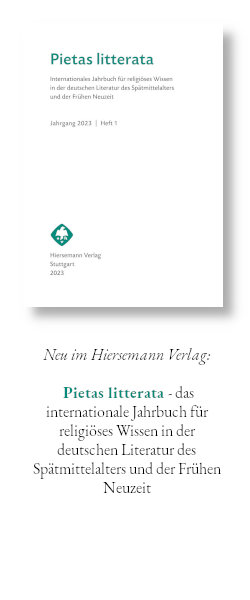Ein zweiter Triumph Caesars nach Flavio Biondo: Der Holzschnitt- Zyklus von Benedetto Bordone / Jakob von Straßburg, Venedig 1504, und der Gemälde-Zyklus Andrea Mantegnas
DOI:
https://doi.org/10.36191/mjb/2021-56-2-2Schlagworte:
Triumph of Caesar (paintings by Andrea Mantegna), Triumph of Caesar (woodcuts by Benedetto Bordone and Jacob of Strasbourg, 1509), Romatriumphans (Flavio Biondo), Latin legends (Bordone and Simon Vostre)Abstract
Werner Suerbaum: A second ›Triumph of Caesar‹ according to Flavio Biondo:The woodcut cycle by Benedetto Bordone / Jakob of Strasbourg, Venice 1504,and the cycle of paintings by Andrea Mantegna
A cycle of 1 + 11 woodcuts, designed by Benedetto Bordone, executed by Jacob of Strasbourg and published in Venice in 1504, shows a strong iconographic dependence on Andrea Mantegna’s cycle of nine paintings on the triumph of Caesar. However, because of its deviations and additions from the model Mantegna, it can also be seen as an alternative arrangement design of the same theme (for example with regard to the role of the audience and the soldiers, the meaningof textual elements and the form of the end of Caesar’s triumph). The woodcutversion clearly follows the concept developed by Flavio Biondo in his Roma triumphans, printed since about 1473, for a typical ancient triumph in Rome. That Bordone is directly based on Biondo and not on the ancient original sources cited by Biondo, is proven by the Latin legends added to the woodcuts (certainlyby Bordone himself) afterwards, which are evaluated for the first time in this article. They were already received by Simon Vostre in Paris around 1508. The dependence of Bordone on Biondo and at the same time on Mantegna allows the conclusion that Mantegna’s conception could also be described with quotations from Biondo. The woodcut cycle of 1504 has only been examined in more detail twice in the last 30 years (by Massing 1990 and Lilian Armstrong 2008).Yet it is these simpler woodcuts, not the magnificent paintings by Mantegna,which in the 16th century gave rise to the broad reception of a triumph.
Keywords: Triumph of Caesar (paintings by Andrea Mantegna), Triumph of Caesar (woodcuts by Benedetto Bordone and Jacob of Strasbourg, 1509), Romatriumphans (Flavio Biondo), Latin legends (Bordone and Simon Vostre)


